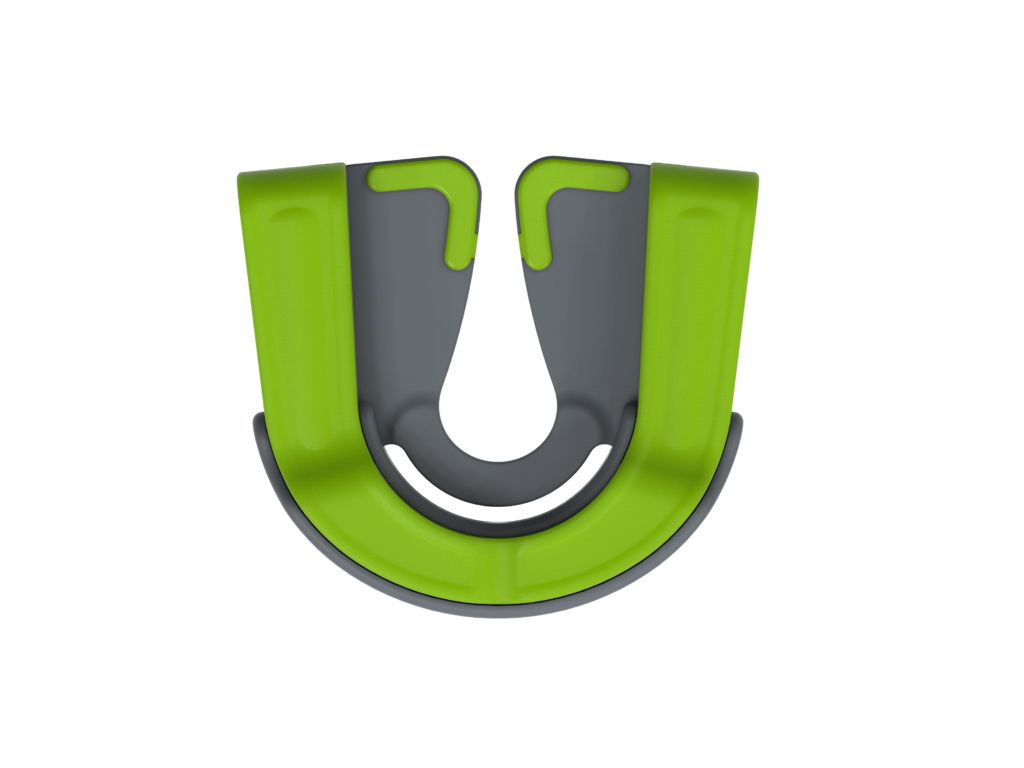Blog Post: Sleep Tight, Snore-Free: 5 Positions to Alleviate Snoring
Snoring is a common problem that affects millions of people around the world. It not only disrupts the sleep of the person snoring but also their partner, leading to sleep deprivation and other health issues. While there are various treatments and remedies available to alleviate snoring, one simple and natural solution is to change your sleeping position. In this blog post, we will discuss five positions that can help you sleep tight and snore-free.
1. Side Sleeping
Sleeping on your back is often associated with snoring as it can cause the tongue and soft palate to collapse against the back of the throat, obstructing the airway. On the other hand, sleeping on your side can help keep the airway open, reducing the chances of snoring. To make side sleeping more comfortable, you can use a body pillow or tuck a small pillow between your knees.
2. Elevate Your Head
Elevating your head while sleeping can also help alleviate snoring. This position helps to keep the airway open by preventing the tongue from falling back and blocking the airway. You can use a couple of extra pillows or invest in an adjustable bed to elevate your head while sleeping.
3. Sleeping on Your Stomach
Although sleeping on your stomach is not recommended for overall sleep health, it can be an effective position for reducing snoring. This position helps to keep the airway open and prevents the tongue from blocking the throat. However, it is important to ensure proper alignment of your neck and spine while sleeping on your stomach to avoid any strain or discomfort.

Sleep Tight, Snore-Free: 5 Positions to Alleviate Snoring
4. The “Soldier” Position
This position involves sleeping on your back with your arms at your sides. It is called the “soldier” position as it resembles a soldier standing at attention. Sleeping in this position can help keep your airway open and reduce the chances of snoring. However, it is important to note that this position may not be suitable for people with sleep apnea.
5. The “Starfish” Position
Similar to the “soldier” position, the “starfish” position involves sleeping on your back with your arms above your head. This position helps to open up the airway and reduce snoring. However, like the “soldier” position, it may not be suitable for individuals with sleep apnea.
In addition to these sleeping positions, there are a few other tips that can help alleviate snoring. These include:
– Avoiding alcohol and sedatives before bedtime as they can relax the muscles in your throat and increase snoring.
– Keeping your bedroom well-ventilated to ensure the air is clean and free of irritants that can cause congestion.
– Maintaining a healthy weight as excess weight can contribute to snoring.
– Quitting smoking as it can irritate the lining of the throat and cause it to swell, leading to snoring.
In conclusion, snoring can be a frustrating and disruptive problem, but it can be managed by simply changing your sleeping position. Experiment with these five positions and see which one works best for you. Additionally, incorporating healthy lifestyle habits and avoiding triggers can also help reduce snoring. With these simple changes, you can sleep tight and snore-free, ensuring a good night’s rest for both you and your partner.
Summary:
Snoring is a common issue that affects many people and can cause sleep deprivation and other health problems for both the snorer and their partner. One simple and natural solution to alleviate snoring is to change your sleeping position. This blog post discusses five positions that can help reduce snoring, including side sleeping, elevating your head, sleeping on your stomach, the “soldier” position, and the “starfish” position. Additionally, incorporating healthy lifestyle habits and avoiding triggers can also help reduce snoring. By making these changes, you can sleep tight and snore-free, ensuring a good night’s rest for both you and your partner.
